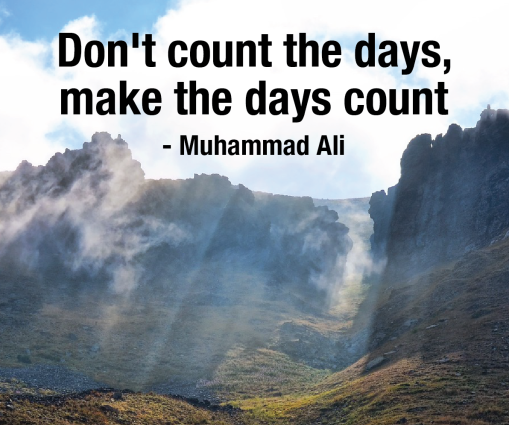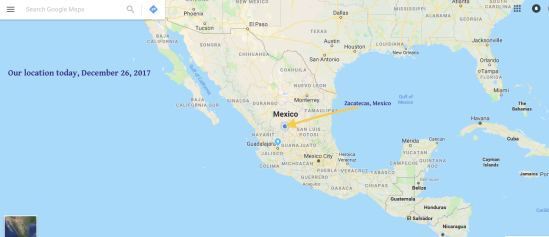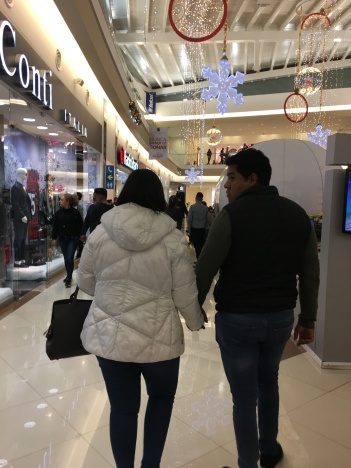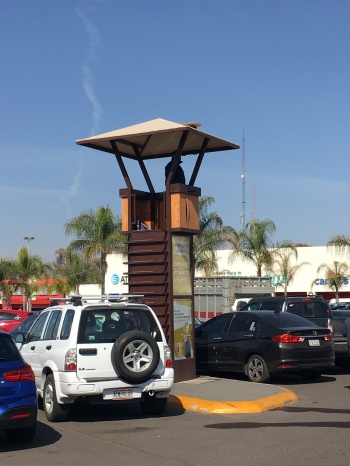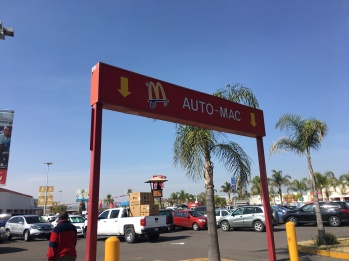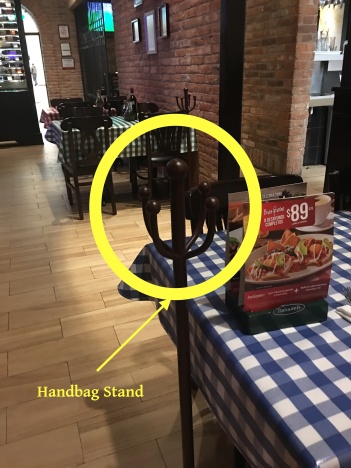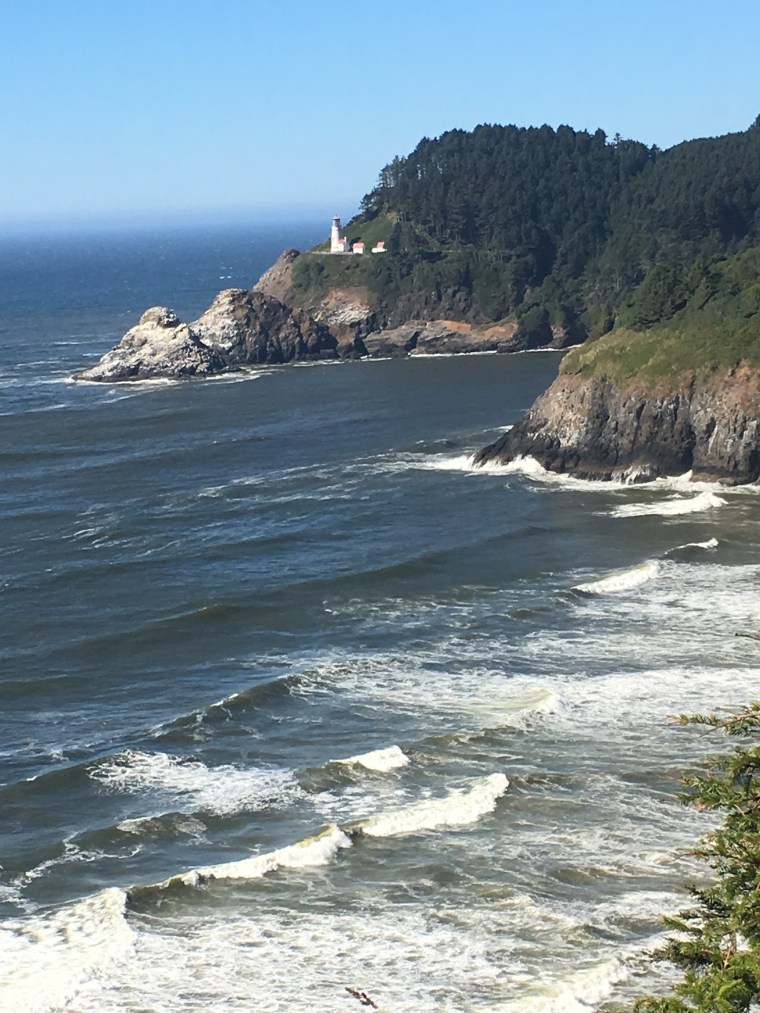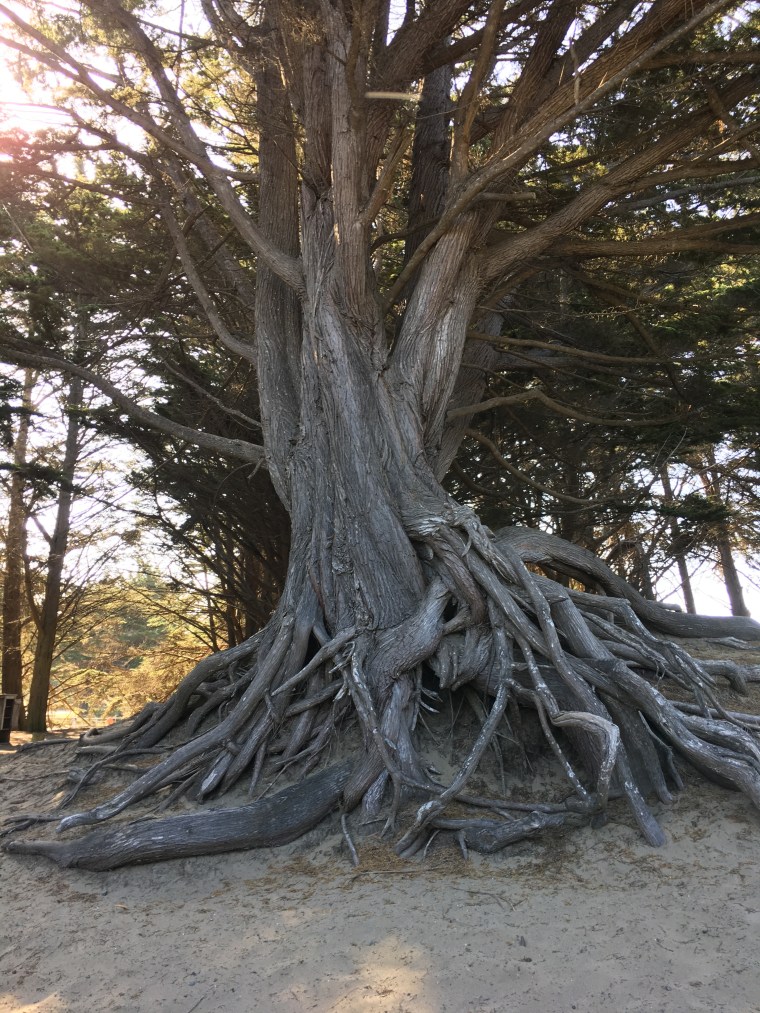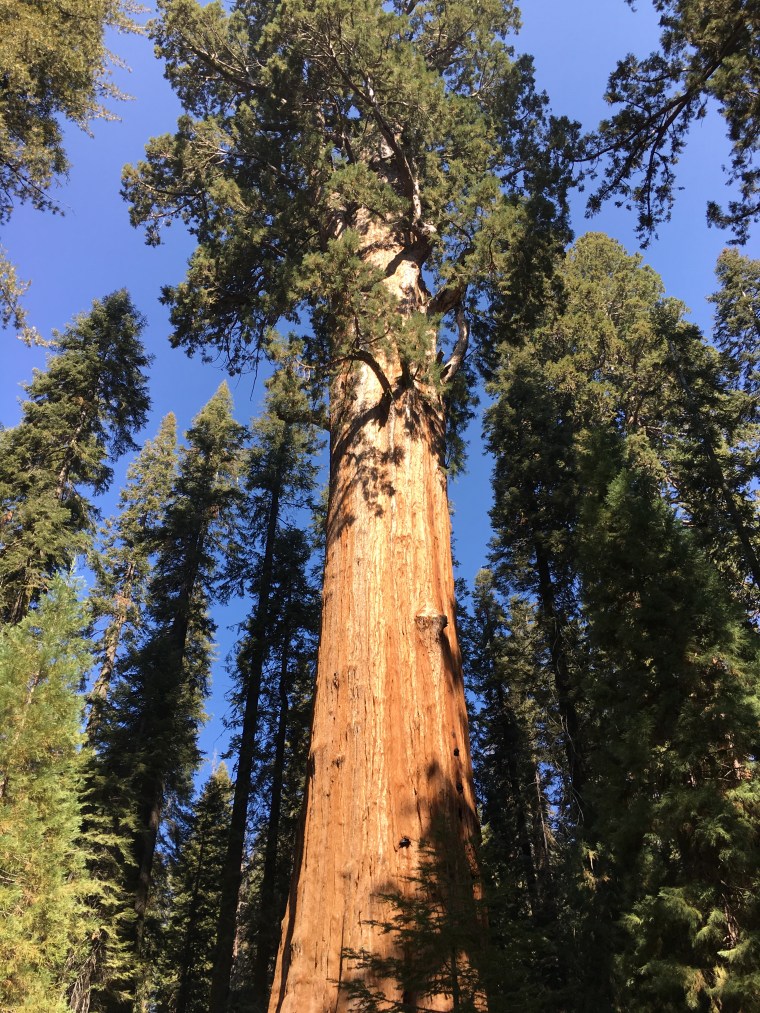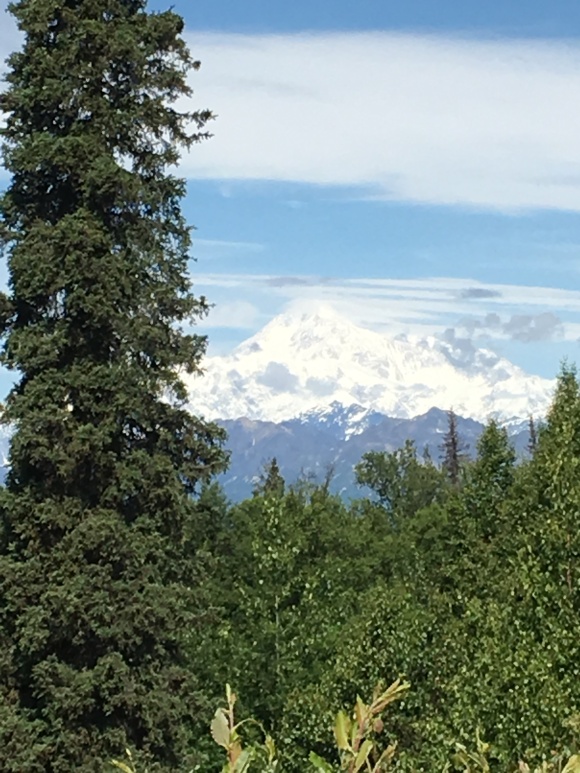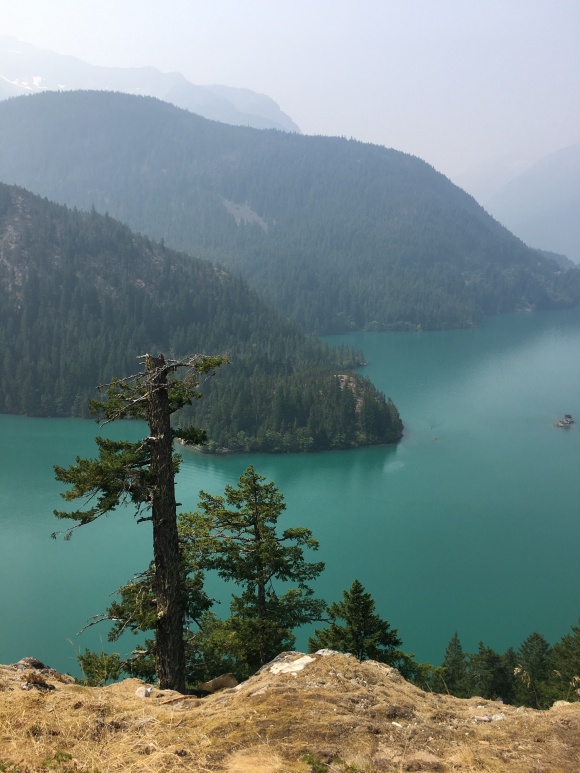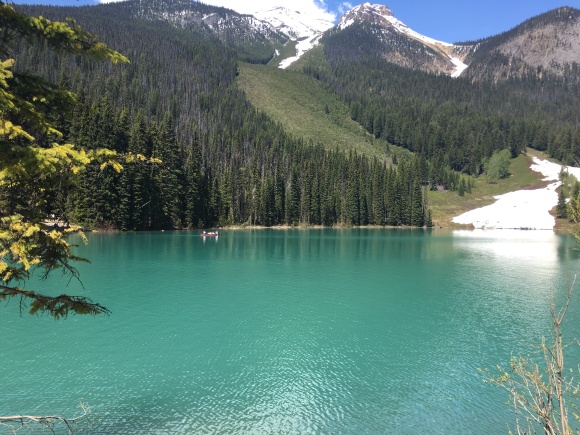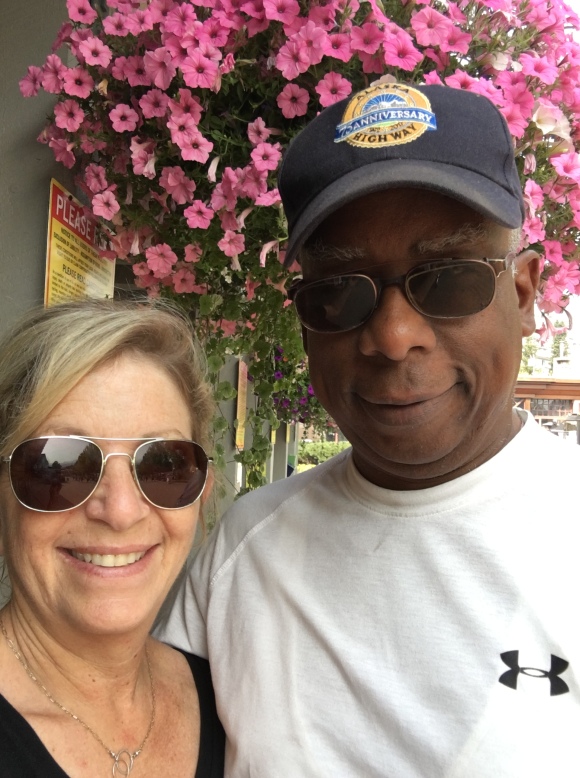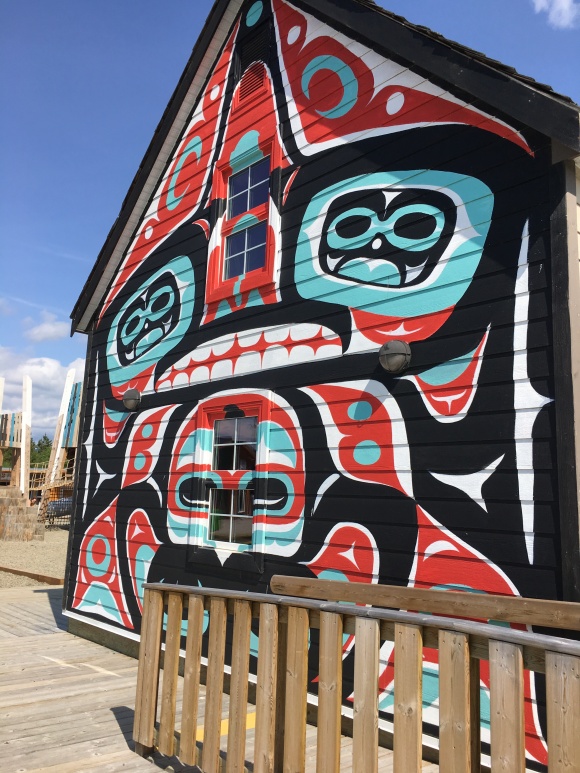“There are no foreign lands. It is the traveler only who is foreign.” Robert Louis Stevenson
Today, we are traveling from Surabaya, East Java, Indonesia, by train en route to Yogyakarta, Indonesia. Nearly everything here in SE Asia is different for us here: the language. The terrain. The foods. The manner of dress. Right hand driving cars driving on the “wrong” side of the road. The prevalent religion(s). The architecture. The currency. The time difference.
We have discovered that our initial reactions to a place often focus on the things that are different. And then, there is this natural evolution that allows us to focus on the things that are similar to our prior experiences. As this happens, anxiety turns into excitement and concern melts into enlightenment and enjoyment. It is a beautiful process to watch as it unfolds and it convinces is that we can handle this. we just need to breathe and put one foot in front of the next.
When we made the 20 month road trip from the US to Alaska to Panama, we learned quickly that it would be impossible for us to fully plan a fixed itinerary for a trip of that duration. We opted to create a very rough itinerary of planned stops and when necessary, to pace ourselves accordingly. When we reached one destination, we started looking forward to the next one or two stops and made arrangements for that stop on the fly. This worked pretty well, with few hiccups along the way.
Emboldened with those experiences, we decided to follow a similar method of travel and planning for our time in Southeast Asia. In advance of our departure, we read about the region generally, focused a little on a general outline of places (mostly c) where we knew we wanted to visit, roughed out an itinerary along a general time line and began from there. We left the US with round trip tickets from Washington, DC to Bangkok, spaced 6 months apart, a reservation at a hotel in Bangkok and two accommodations on Bali, where we traveled first, choosing Bali as the place where we would celebrate our wedding anniversary. Knowing that we had 30 days to stay in Indonesia, we began to sketch out a plan for Indonesia that included the islands of Bali, Java and Sumatra as our primary focus.
On this trip to Southeast Asia, we decided to travel independently without our beloved Gertie and Wolfie or their local surrogates. While it is possible to overland in Asia, we wanted to try a different travel style and opted to travel using public forms of transportation, including planes, trains, cars and boats. (Due to motion sickness issues, buses are largely not an option for us). As of this writing, we have been able to make all of our travel reservations on our own, except for the train tickets from Surabaya to Yogyakarta where we relied upon help from hotel staff.
We believe that advance planning for a trip of this duration, like our earlier road trip, is difficult if not impossible. So, once we have landed in a place, we turn to many different resources to fine tune our experience there. We rely on traditional travel guides such as Lonely Planet, Fodors, Frommers, and Rough Guides. We use various travel apps and websites, travel blogs, hotel personnel, personal recommendations, travel magazines and more. We watch travel videos on YouTube and Travel Channel. We watch Anthony Bourdain. We always rely on professional tour guides when visiting places that benefit from detailed explanations, insights and decent English interpretations. We speak with taxi drivers, waiters and tour guides for recommendations. We try, when it is possible, to take people up on their offers of an introduction to their “sister’s-cousin’s-ex-stepfather-by-marriage who lives in (fill in the place).” We try to absorb it all and we try to know and honor our limits and our interests — just because a 28 (or 35 or 50) year old recommends a cave tubing trip or a wooden cable car over the ocean (Timang Beach Gondola) or a 6 hour driving tour to a volcanic crater to watch the sunrise doesn’t mean that we must do this as well. After all, we are 61 and 65. We live by a rule that it makes no sense to take on unnecessary risk, adversity, danger or physical rigor if it will jeopardize our trip, our health or our marriage.
Often, we have found that insights into a local culture come from unexpected things and places. Wandering a local shopping mall allows one to see how people dress, treat their children, respect their elders, and spend their shopping dollars. Eating in that mall’s version of a food court allows you to see how even US branded fast food restaurants are infused with local flavor. Going to the movies exposes you to movie trailers, commercials and public service announcements the likes of which you would never see in your home country and which shed light on local traditions. Riding on a local touring shuttle introduces you to local people who may exchange information in a more intimate and revealing way than you will ever get from a book or a tour operator.
We haven’t devised a term that really captures this way of travel — one of us refuses to call ourselves backpackers because we really aren’t traveling in the style that is often connoted by that term. Instead of hostels, we choose to stay in hotels and serviced apartments and villas. Our “budget” is lavish compared to traditional backpackers and yet we are cost conscious and try to stay within an amount less than what many on packaged tours would spend on a daily basis. While we like to eat locally, we haven’t eaten yet from a street cart, although that is certainly in our future. And while we have eaten burgers and one memorable special “high end” meal at Room4Dessert in Ubud, we have primarily eaten the cuisine of our host country. When we read blogs of travelers who have written of their time in (or about) Southeast Asia, nearly all of them are budget backpackers or high end tour and travel companies (and the magazine writers who travel with them). We fall somewhere in between.
Regardless of what name you give us, we can share that we love this way of travel. We also realize that we are among a small group of people who have the time, the resources and the inclination to travel as we do, meandering, absorbing, and taking home more memories than things.
It has been jarring and strange and a little scary at moments. In this part of the world, we are in the minority in many respects. When we hear English being spoken, more often than not, the voice is from Australia or India. We cannot rely on American sensibilities such as the rights of pedestrians, rights of way, or the right to free speech. Instead of being awakened by the crowing of roosters, the first sounds we hear in the morning, like the last sounds we hear at night, are the prayers from the local mosques during this month of Ramadan. Without Wolfie and Gertie with us, we do not have the respite afforded by being in our own space, where everything is familiar within even when everything outside is not. Here, we need to find our own space and the peace that restores us in different ways.
In the words of the Muslim scholar and explorer, Idn Battuta, “Traveling – it makes you speechless, then turns you into a storyteller.” When we realized that our stories were becoming stale, we knew it was time for an infusion of new ones to share and to cherish. So, off we went to travel again.
We look forward to sharing more stories here with you.











